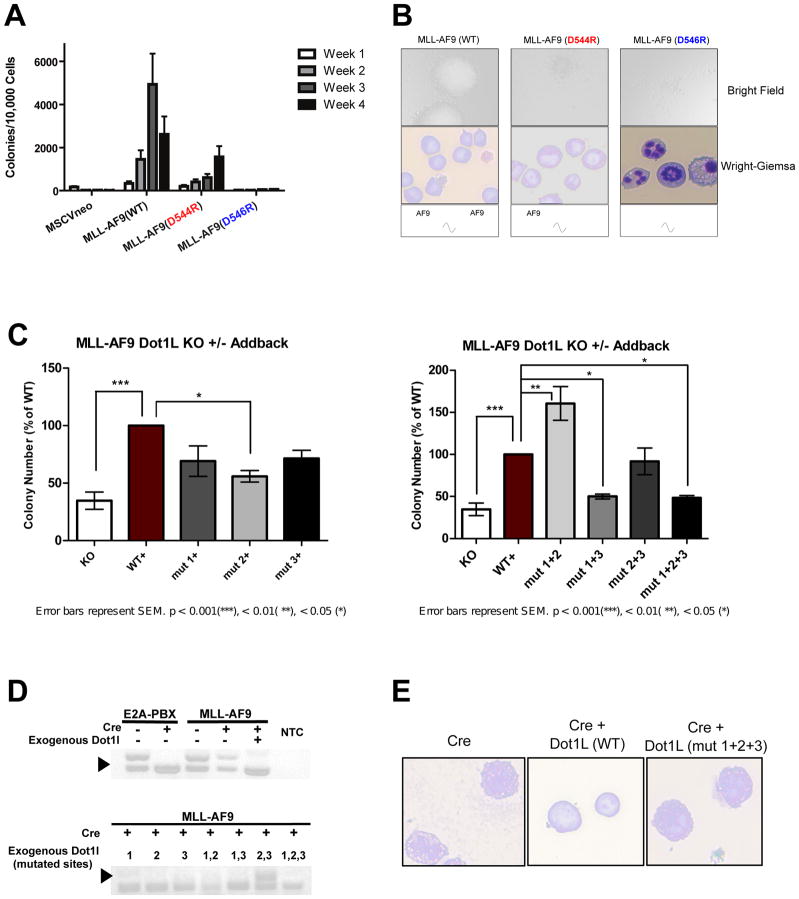Figure 4. The level of DOT1L recruitment to MLL-AF9 defines the degree of serial replating capability.
A) Results of serial replating assays for MLL-AF9 (wt), MLL-AF9 (D544R), and MLL-AF9 (D546R). Cells expressing MLL-AF9 (WT) consistently replated over a period of 4 weeks. Cells expressing MLL-AF9 (D544R) show a reduction in serial replating ability. Cells expressing MLL-AF9 (D546R) show a complete abrogation of serial replating ability B) Bright field and Wright-Giemsa images of MLL-AF9 (WT) colonies show large, tight colonies (top) containing mostly cells with a blast-like morphology (bottom), whereas MLL-AF9(D544R) have more dispersed colonies, some with tight centers, and more differentiated cells. Strikingly, MLL-AF9(D546R) colonies are completely diffuse, with almost exclusively differentiated cells. C) Results of methylcellulose colony assays from MLL-AF9-transformed Dot1lfl/Δ cells, co-transduced with wild type or mutant Dot1l, either with or without Cre recombinase. D) Dot1l genomic status was examined by PCR at day 7 after methylcellulose culture of MLL-AF9- or E2A-PBX-transformed Dot1lfl/Δ cells, expressing the indicated exogenous proteins. Dark arrowhead, floxed allele (510 bp); open arrowhead, deleted allele (378 bp). NTC, non-template control. E) Wright-Giemsa images of cells from Dot1l complementation methylcellulose colony experiment, showing ability of exogenous Dot1l (WT), but not Dot1l (mut 1+2+3) to rescue blast-like morphology of MLL-AF9-transformed Dot1lfl/Δ cells.

